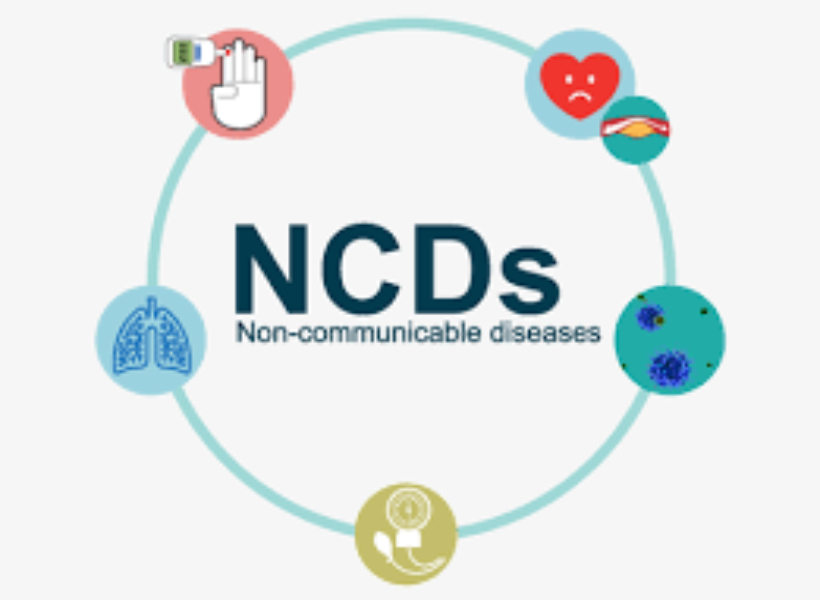The local public health sector is seriously battling the impact of Non Communicable Diseases (NCDs). So intent is the health sector on reducing the associated scourge that a National Commission on NCDs was established to ensure that tactical measures are employed to aid the already engaged measures.
But what exactly are NCDs?
According to the World Health Organisation (WHO), NCDs, also known as chronic diseases, tend to be of long duration and are the result of a combination of genetic, physiological, environmental and behaviours factors. The main types of NCDs are cardiovascular diseases (like heart attacks and stroke), cancers, chronic respiratory diseases (such as chronic obstructive pulmonary disease and asthma) and diabetes.
People of all age groups, regions and countries are affected by NCDs. These conditions are often associated with older age groups, but evidence shows that 15 million of all deaths attributed to NCDs occur between the ages of 30 and 69 years, WHO has found. WHO has been able to establish that “Of these “premature” deaths, over 85% are estimated to occur in low- and middle-income countries.”
NCDs threaten progress towards the 2030 Agenda for Sustainable Development, which includes a target of reducing premature deaths from NCDs by one-third by 2030.
Children, adults and the elderly are all vulnerable to the risk factors contributing to NCDs, whether from unhealthy diets, physical inactivity, exposure to tobacco smoke or the harmful use of alcohol. But these are all modifiable behaviours, and if halted help to reduce the impact of NCDs.
Moreover, an important way to control NCDs is to focus on reducing the risk factors associated with these diseases. Low-cost solutions exist for governments and other stakeholders to reduce the common modifiable risk factors. Monitoring progress and trends of NCDs and their risk is important for guiding policy and priorities.
To lessen the impact of NCDs on individuals and society, a comprehensive approach is needed requiring all sectors, including health, finance, transport, education, agriculture, planning and others, to collaborate to reduce the associated risks and promote interventions to prevent and control them.
Investing in better management of NCDs is therefore critical. Management of NCDs include: detecting, screening and treating these diseases, and providing access to palliative care for people in need. High impact essential NCD interventions can be delivered through a primary health care approach to strengthen early detection and timely treatment. Evidence shows such interventions are excellent economic investments because, if provided early to patients, they can reduce the need for more expensive treatment.
Even as countries like ours move to implement needful measures to combat NCDs, medical researchers have been playing an instrumental role too, and technology has been leading the way. This has, moreover, translated to wearable or bluetooth devices. According to www.proclinical.com, which tracks outstanding medical developments, the demand for wearable devices has grown since their introduction in the past few years. “People today use their phone to track everything from their steps, physical fitness and heartbeat, to their sleeping patterns. The advancement of these wearable technologies is in conjunction with rising chronic diseases like diabetes and cardiovascular disease, and aim to combat these by helping patients to monitor and improve their fitness,” Proclinical reported.
In late 2018, Apple made headlines with their ground breaking Apple Series 4 Watch that has an integrated ECG to monitor the wearer’s heart rhythms. Within days of its release, customers were raving about the life saving technology, which is able to detect potentially dangerous heart conditions much earlier than usual. The wearable devices market is forecast to reach $67 billion by 2024, as the use of technology widens in the quest to reduce the scourge of NCDs.











